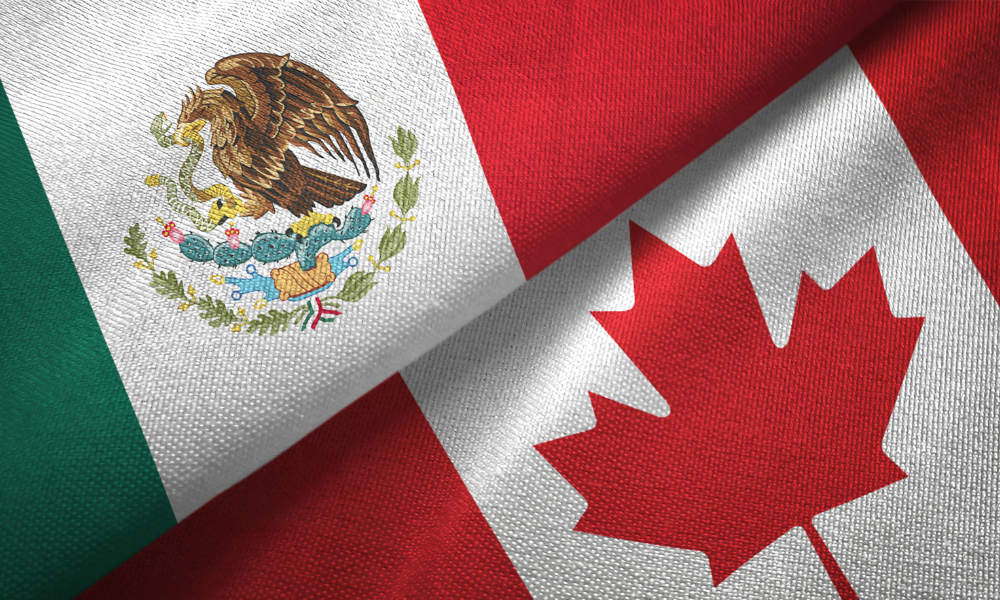Leaders weigh joint strategy amid tariff threat

Canadian prime minister Mark Carney and Mexican president Claudia Sheinbaum held a “productive call” on April 1 to discuss a united response to escalating trade tensions with the United States.
The two leaders reportedly considered ways to increase trade between their countries as a strategy to mitigate the impact of what they called US president Donald Trump’s “unjustified trade actions.”
With further US tariffs set to be announced today, Carney and Sheinbaum emphasized the importance of deepening bilateral ties to navigate what they described as “challenging times ahead.”
Their conversation came just one day before Trump is expected to unveil a sweeping tariff policy aimed at key trade partners, including Canada, Mexico, and China. Trump has branded the announcement as “Liberation Day”, with new “reciprocal tariffs” designed to match duties imposed on US goods abroad.
Confusion surrounds scope of tariffs on Canada
Trump had previously imposed 25% across-the-board tariffs in early March, along with a reduced 10% levy on energy imports from Canada and Mexico. The move was briefly paused, but the White House has not confirmed whether the pause will be lifted as part of today’s announcement.
While the president linked these tariffs to the flow of fentanyl into the US, government data shows that only a small portion of the drug is seized at the northern border. The policy's justification remains unclear.
When asked for clarity on whether those duties would be reinstated, White House Press Secretary Karoline Leavitt said she would “let the president speak to the specifics.”
The lack of clear guidance from the US administration has left Canada, Mexico, and global markets waiting anxiously ahead of the expected 4pm ET announcement.
Carney, who is also the Liberal Party leader in the midst of a federal election campaign, has temporarily suspended campaigning to attend high-level meetings in Ottawa regarding Canada’s response. His government is bracing for potential economic fallout depending on the scope of the US tariffs.
Read next: Canada ends US alliance over Trump tariffs
Under Trump’s "reciprocal tariff" framework, the US would raise its import duties to match the rates charged by other countries — but so far, it’s unclear how this approach will be applied to Canada under the existing United States-Mexico-Canada Agreement (USMCA), which took effect in July 2020 as a replacement for NAFTA.
USMCA renegotiations
Economists believe Trump’s escalating trade strategy is aimed at forcing a renegotiation of the USMCA, well ahead of its 2026 review window.
Oxford Economics director Trinh Nguyen posted on X (formerly Twitter) that Trump isn’t happy with the current USMCA, and he is using the tariff tactics to pressurize the two countries to come to the table
She said Trump’s broader goal may be to wrap up a renegotiation in the second half of 2025, giving the administration time to avoid market turmoil in the lead-up to the US midterm elections in November 2026.
Nguyen pointed out that the US views Canada’s resource-rich economy and Mexico’s labor market as key levers in balancing trade with China. She believes Trump sees Canada and Mexico as the two countries that can address the gap.
Make sure to get all the latest news to your inbox on Canada’s mortgage and housing markets by signing up for our free daily newsletter here.



